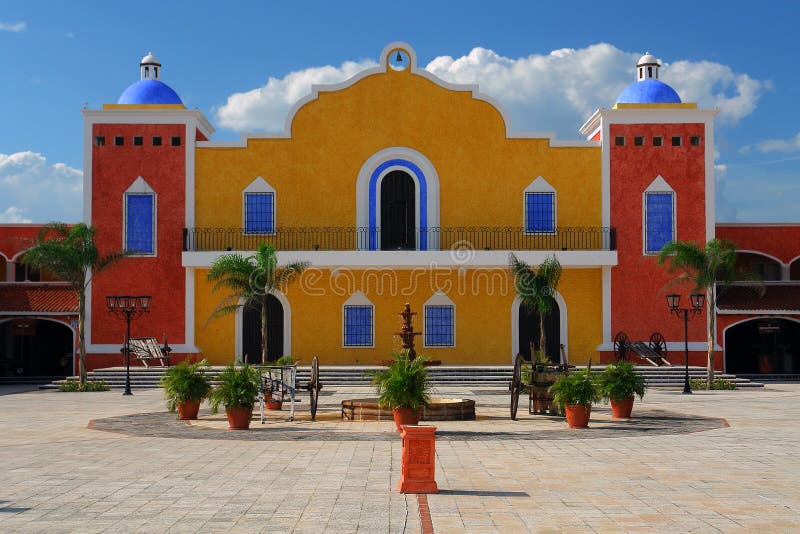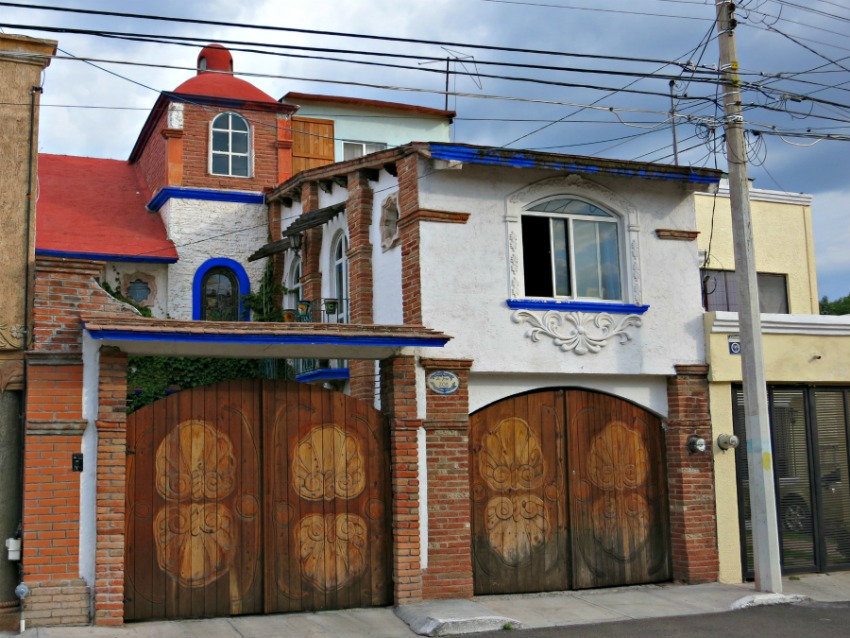Table Of Content

Adobe blocks are made of soil-earth components found at the building site, shaped by hand in molds, and left to dry for weeks. To understand the materials used in traditional Mexican-style houses, delve into the section about the materials used in construction. The solution includes learning about the sub-sections that detail the materials commonly used in the construction of such houses, including Adobe, Wood, Stone, and Brick.
Mazatlán Single Family Homes
Apart from being readily available, adobe provides excellent insulation in hot and sunny climates. These walls help retain cool air during the day and gradually release absorbed warmth at night, maintaining a comfortable atmosphere inside. Courtyards and patios are essential elements of Mexican style house plans, creating outdoor living spaces that seamlessly blend with the interior of the home. The first Adobe homes were made by the Pueblo Indians using dried mud.
Using Tile

Mexican house designs have long fascinated the eye of American builders and homeowners. With its attention-grabbing pops of color, decor, and architecture, Mexican houses continue to be one of the in-demand properties in the country, be it for rental or sale. In this post, we’ll take a look at some of America’s well-loved traditional Mexican homes. A traditional stone-chinking technique that’s used to reinforce stucco surfaces.

Small Windows
The characteristic low-pitched roofs of hacienda-style homes are adorned with handmade, red clay roof tiles. These tiles, shaped like half tubes, not only add visual appeal but also allow cool air to circulate within the home. However, it’s important to note that clay roofs are best suited for warm and dry climates. Many Mexican downtown urban areas also have modern adobe houses. Modern iterations of such historical styles are mainly found along the hot Caribbean region of the country, with the buildings displaying multi-level patios and rustic wooden trellises. Another unique feature of such residences relates to the flat roofs with overextending ‘vigas’.
Art and design exhibitions
This All-Black Santa Monica Home Is a Vibrant Homage to Mexican Design - Architectural Digest
This All-Black Santa Monica Home Is a Vibrant Homage to Mexican Design.
Posted: Mon, 24 Jul 2023 07:00:00 GMT [source]
Bright colors are also utilized to either accent or cover the furniture. The baul, also known as a storage trunk, is the most common decor item you’ll come across in various Mexican homes. Usually crafted from Spanish cedar wood, these trunks have round tops and fancy locks.
In Mexican homes, tile is usually the best choice for flooring. While you may occasionally come across wood floors, carpet is rarely used and should be avoided if you want to achieve a Mexican look for your house. Spread over a long, narrow site in Mérida, this fragmented concrete house was designed to draw upon Mayan traditions and culture. The architects sought to create a compound that was well integrated into the wooded landscape and didn't appear too large, despite each house being a sizeable 1,105-square-metres. That diversity is reflected in the country's thriving contemporary architecture scene, which draws on a number of materials and styles. If you’re looking for some historical immersion on your next holiday, staying at this property is a great choice.
The windows on the upper half of the house extend across the entire length of the wall, and can be opened fully, by sliding the wooden blinds to the side. This allows for so much fresh air to get in, and lets the sunlight flow throughout. This blend of amazing colors really gives this home a one-of-a-kind unique look that you won’t have seen anywhere else. Its sharp and boxy structure also further helps to give it that modern shine.
It’s worth noting that most of these remarkable hacienda-style homes have managed to preserve their original integrity throughout the years. People often get confused between the colors of Mexican design and the colors of the Mexican flag. While the flag is green, white, and red and can be great for decorating, there are actually many other colors to consider.
Whether it's interior or exterior, a courtyard is a key element to hacienda architecture. Traditional hacienda homes have the courtyard in the center of the home—so owners can cook indoors or outdoors, while releasing some of the heat produced by cooking. But today's courtyards are typically on the side or in the rear of the home. A fountain or other water feature is a common element of courtyards and usually serves as the centerpiece of the area. Most hacienda-style homes have very few and very small windows. Having only a few small windows allows a cool breeze to enter the home but prevents direct sunlight from warming the space too much.
This striking Spanish Plan No. 9725 features a grand entrance with a courtyard and garden behind the motor court. Inside, gallery hallways and loggias connect formally defined rooms including the living room, dining room, study, and open family room beside the kitchen. Be sure to notice all the windows and patio doors that really open up the house! The master suite enjoys complete privacy in the right wing of the main level while four more bedroom suites are placed upstairs. If you like to host, you’ll make great use of the rear courtyard and veranda as well as the upstairs game room. Héctor Esrawe, a Mexican designer, emphasizes the incredible heritage, narrative, and skills of our culture.
All of these specimens exhibit their variant colors, materials and spatial arrangements; thus fusing flourishing vivaciousness with dollops of historical flavor. Towards the left side of the house is a long balcony and a window with barn doors. Each of the wooden elements on this end of the house is painted with a light green color which has a natural feel.


No comments:
Post a Comment